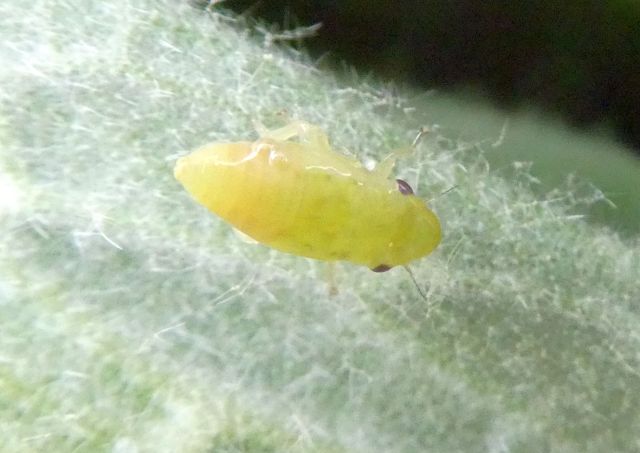By Anna
In this week’s Wonder Wander (based on a wander last week) I came across fledglings, ducklings, the hidden life in a Mullein plant and much more. View the photos and read the captions to follow along…
Splayed out at the bottom of the stream—fully submerged—was an American Toad. I found this a little surprising, as even though toads can stay underwater for many hours, they spend most of their adult life on land, usually returning to the water mainly to breed.
This damselfly, an Ebony Jewelwing, caught my eye along the edge of the stream. The black wings indicate it is a male. June and July are the months to look for these beautiful damselflies around slow-moving streams.
Stream edges are also home to the native Water Hemlock plant. If you enjoy walking along streams, it is advisable to familiarize yourself with this plant, and keep a safe distance, as it is often called the deadliest plant in North America. This plant will soon be in flower (note the flower buds).
There was quite the commotion in a large Shadbush just in from the stream, and I soon discovered that several Phoebes had just fledge and Phoebe parents were flying around delivering food to their dispersed offspring.
The fledglings I observed seemed committed to tightly holding onto the branch where they were and waiting for food deliveries from their parents…even when an apparent food source (see caterpillar at left) was nearby.
This fledging did get a caterpillar delivery. New fledglings are vulnerable and lack the self-care skills of mature birds, so their chances of survival are greatly enhanced by parents continuing to care for them.
Another fledgling survival strategy—staying still—was evident a few days later when I came across this Robin fledgling who stayed perfectly still on a low branch, despite my presence.
When I checked the Phoebe’s nest I found that only one nestling remained (and seemed in no hurry to leave). The Phoebe’s nest is actually a renovation (note the added moss) of a Barn Swallow nest that Barn Swallows built a few years ago.
By comparison, here is an actual Barn Swallow nest. I believe I counted 7 babies in this nest, which is a higher than usual number. Barn Swallow parents are sometimes assisted in caring for young by last year’s offspring, which would clearly be helpful with so many mouths to feed.
The White Pine tree by the Phoebe nest is bedecked in male pollen cones. Now is the time when pollen is being released, which can be a source of allergies for some.
My eye was also drawn by the bright orange blotches on several wild raspberry plants. This is orange rust, caused by the fungus Gymnoconia nitens. Though it leaves a beautiful pattern, this is a serious infection without a cure that especially spreads in cool, wet conditions.

I was also struck in passing by the damaged state of this Mullein plant.

Upon closer inspection, I realized the damage was caused by dozens of these caterpillars, which seem to be the larvae of the non-native Paracorsia repandalis moth. This moth was only recently first reported in the United States.
Further exploration of the Mullein revealed a lot of insect activity, including this young true bug which I think may be a Mullein Plant Bug. This bug—like Mullein itself—is also an introduced non-native species. Besides Mullein, it uses agricultural plants like corn and potatoes.
Underneath one of the Mullein leaves I found a crab spider guarding her egg sac. Crab spiders and jumping spiders are two groups that guard egg sacs until the young hatch; the egg sacs of other spiders are left on their own.
This young green grasshopper also popped up onto a leaf of the Mullein plant.
I ended my wander with a paddle around the pond, which is how I came upon this basking Painted Turtle. By extending arms and legs, basking turtles increase the amount of area absorbing sunlight, which plays an important role in many of the turtle’s functions, from thermal regulation to processing calcium.
I dared not paddle my wind-blown kayak as it drifted directly towards this Great Blue Heron. The Great Blue Heron had been preening, and you can see the specialized continuously growing chest feathers, sometimes called “powder down,” whose ends fray and disintegrate into an oily powder that the bird rubs on other feathers to help waterproof and clean them.
From a more distant vantage point across the pond, I was surprised to see a Wood Duck family swim right in front of it with at least 7 ducklings, though only some are visible here.
Here’s a closer view of the female Wood Duck.
While trying to keep track of the ducks, I was startled to look up and see a Deer visiting the pond edge, presumably for a drink, though I saw it just as it was leaving.
Finally, as a parting shot—a young groundhog photographed mid-munch.





















Thank you for this delightful post!
LikeLike
You’re welcome, I’m glad you enjoyed it.
LikeLike